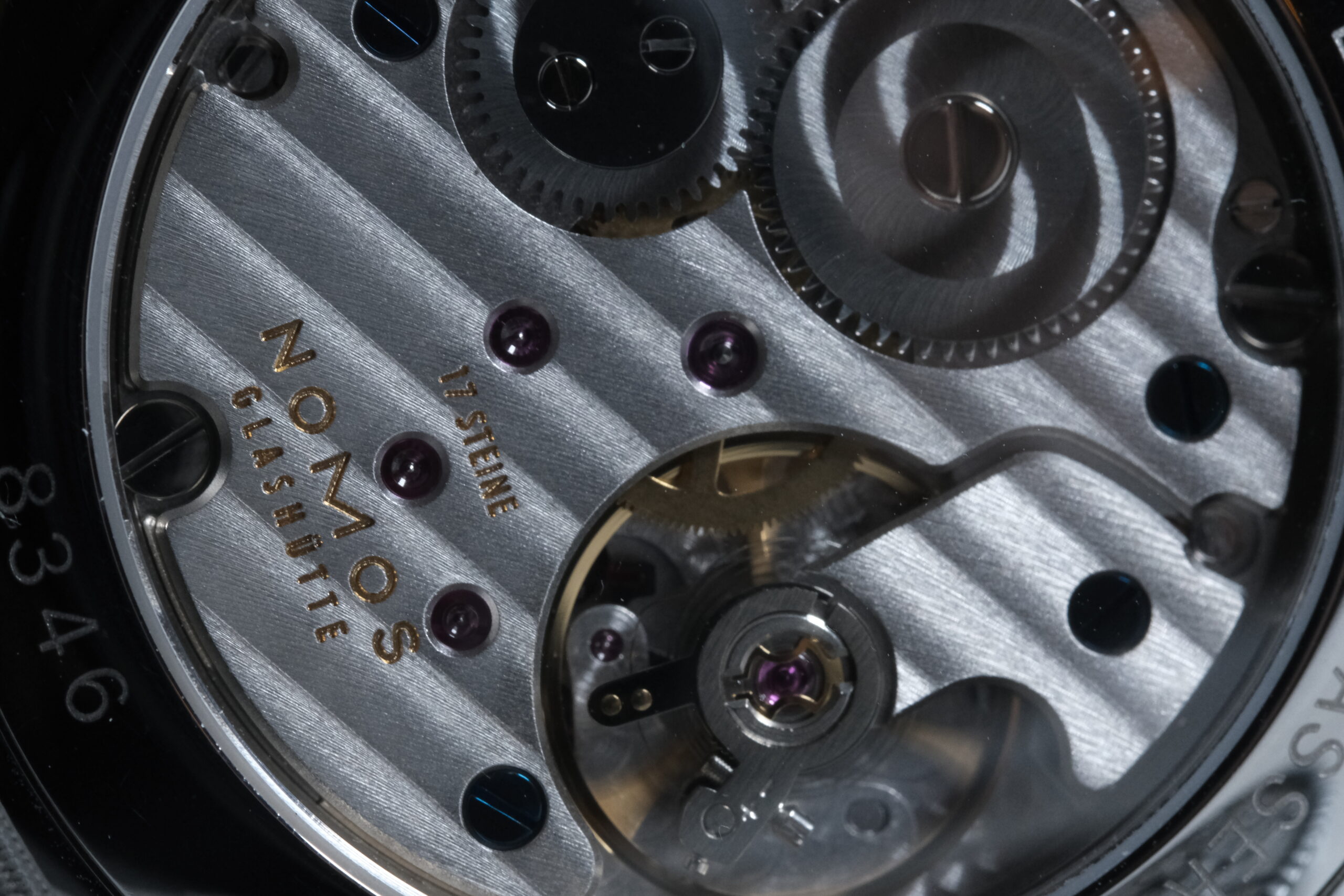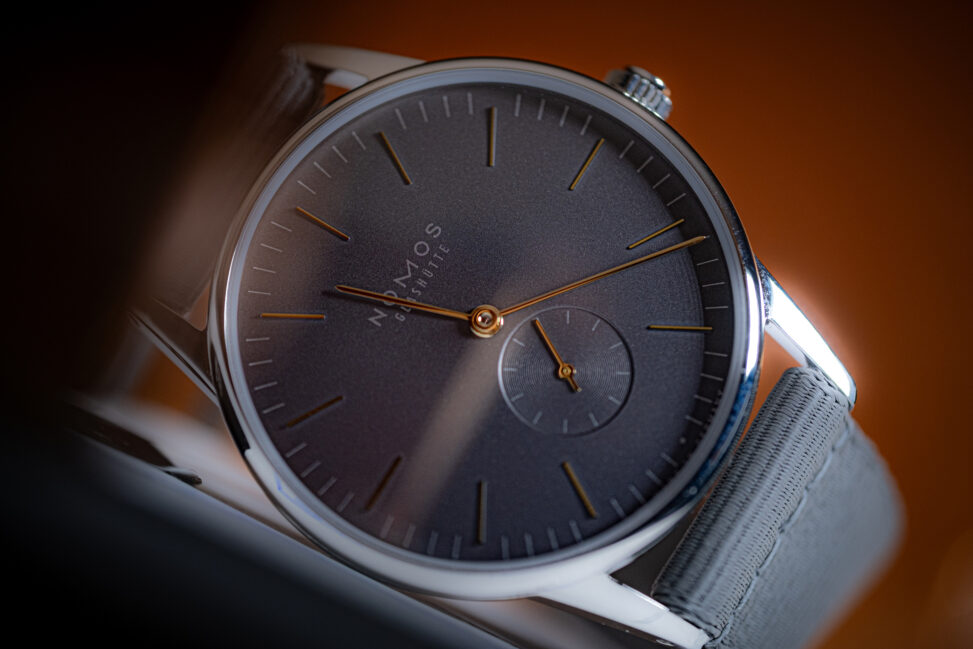656 words
When writing my review of the NOMOS Orion 1989, I struggled, for the most part, to find any room for improvement with the piece itself. The basic Peseux 7001 movement made servicing the watch a breeze without having to resort to sending the watch back to Germany. Its historical significance keeps me calm throughout the day due to its relevance in my daily life. Its level of finishing and attention to detail keeps my inner horology-obsessed heart content. Most importantly, as of late, its understated design has served me well in multiple meetings where I needed to fly under the radar amongst fields of Nautiluses, Royal Oaks, and Submariners. This allowed me to move along these environments without any unsprung weight to slow me down by constant (insert male genitalia) measuring activities while I was trying to get work done.

This concept of “unsprung weight” recently arose as I was conversing with a close friend about navigating the healthcare system and the dangers of presenting oneself in a manner that stands out. Both being racing fans, we attributed the analogy of unsprung weights of car parts, such as rims, being destabilizing forces in cars to that of what we choose to wear and carry in our pedestrian lives. Items that acted as unsprung weight made it difficult for us to be nimble and to maneuver our personal and professional settings with ease. This naturally brought on the conversation of watches and our cars, of which we both park at least one city block away from such meetings for this very reason.
The NOMOS Orion was the perfect watch to be an unsprung companion in every manner except one: its straps. In my review, I criticized both the Shell Cordovan for not being durable enough to sustain even a drop of sweat. The Velour strap had its own unique set of challenges when confronting any substance that had any fat or glucose. And both suffered from keepers that, though they never ripped or failed, had the structural integrity of an alcoholic’s willpower at an empty bar on a Tuesday afternoon. As a result, on many occasions, my beloved NOMOS stayed home on rainy days or days when I could not predict its events.

NOMOS’s woven textile straps solve all of these issues while retaining the air of formality that they are known for. Seen here in black/blue and grey, they are the perfect straps for summer or for those who do not live in padded, empty, and sterile rooms.
The material withstands repeated washes when removed from the watch. After many impromptu hikes, they never once retained any stains from tree sap, dirt, or rain. Their keepers and buckles are remarkably stout and gave me peace of mind when climbing back down a steep hill (my hiking partner called it a cliff). However, the most impressive feature of these straps is their construction.
The entire strap is secured on its underside with stitching and adhesives, which are reinforced with a hardened end. Along with the smooth edges, these straps hold up to modern lives better than their leather offerings. For those who are parents, the leather and velour straps from NOMOS essentially make them unwearable due to every surface instantly being sticky as a result of having a child anywhere near them. One of these straps must be purchased with a watch for anyone who plans on wearing these timepieces on a daily basis.

My only suggestion for NOMOS is to make an all-black and brown or tan version of these straps so that they can better match the accents of one’s wardrobe. Due to the drilled lug holes, changing straps without damaging the case is incredibly easy, and NOMOS should embrace this by offering more straps such as these.
With the $35 clasp, one of the straps will cost you a total of $140 Canadian, which is the same price as their standard shell cordovan straps.
